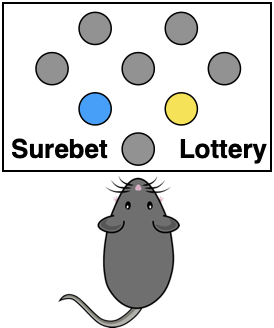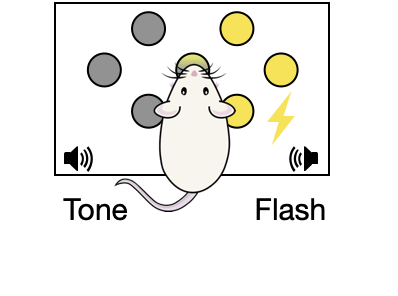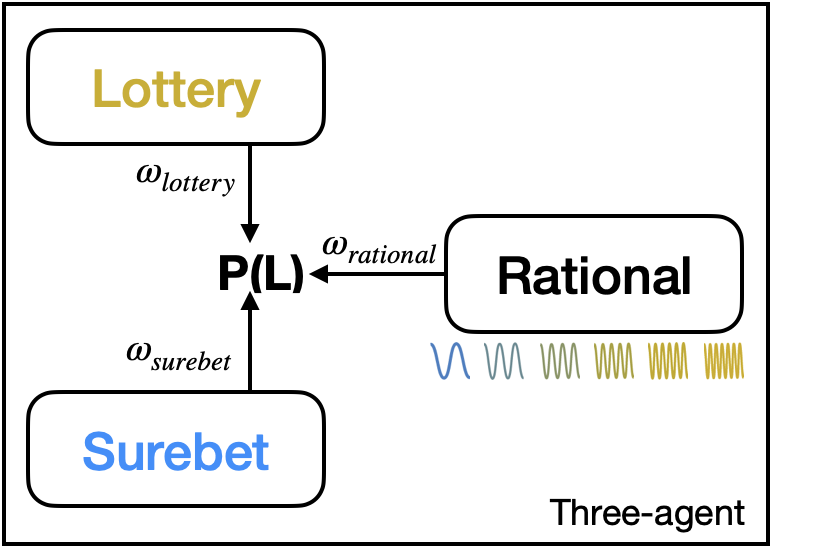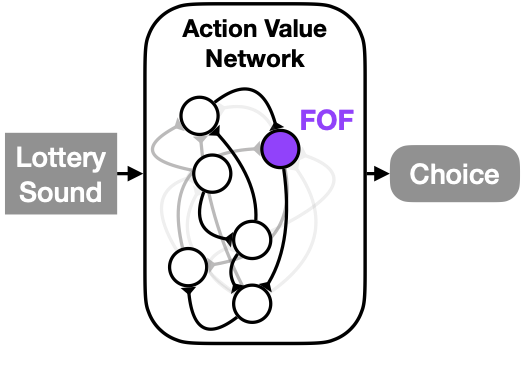Hi, I'm Xiaoyue Zhu
A
A recent neuroscience Ph.D. from NYU, a self-taught AI enthusiast. I am interested in the intersection of AI and neuroscience. I also enjoy yoga, music, and exploring the self and the world.
About
I am recent neuroscience Ph.D. from New York University. The title of my thesis is "Analyses of decision under risk in rats". Originally from China, I majored in neuroscience in University of St. Andrews in Scotland, and published a paper on the motorneurons of tadpoles with Dr. Wenchang Li. I also exchanged one year abroad in University of California, Irvine, during which time I worked as a research assistant in Prof. Bruce McNaughton's lab. Motivated to learn more about mechanisms of cognition, I joined an international Ph.D. program by NYU and NYU Shanghai, advised by Prof. Jeffrey Erlich. With zero programming experience prior to Ph.D., I taught myself several languages and contributed to the development of a high-throughput animal training system. I developed various behavioral tasks studying decision making in rodents, performed brain inactivations, and analysed and modelled high-dimensional data. The key courses during Ph.D. included Bayesian modelling, machine learning and causal inference. In the meantime, I actively took online courses and earned certificates in data science and deep learning. This interdisciplinary experience forged a profound interest in the intersection of AI and neuroscience, which I am excited to pursue as part of my next intellectual journey.
- Languages: R, Python, SQL, MATLAB, Stan
- Python libraries: NumPy, Pandas, SciKit-Learn, Matplotlib, TensorFlow, Keras
- R libraries: dplyr, ggplot2, lme4, shiny, caret
- Other skills: problem solving, critical thinking, experimental design, research, communicating complex ideas verbally and in writing
Looking for an opportunity to work in an intellectually challenging environment and solve real-world problems.
Publications
Zhu, Xiaoyue, Josh Moller-Mara, Sylvain Dubroqua, Chaofei Bao, and Jeffrey C. Erlich. "Frontal but not parietal cortex is required for decisions under risk." bioRxiv (2021).
Zhu, Xiaoyue, and Jeffrey C. Erlich. "A rodent paradigm for studying perceptual decisions under asymmetric reward." arXiv preprint arXiv:2112.12278 (2021).
Li, Wen-Chang, Xiao-Yue Zhu, and Emma Ritson. "Mechanosensory stimulation evokes acute concussion-like behavior by activating GIRKs coupled to muscarinic receptors in a simple vertebrate." Eneuro 4, no. 2 (2017).
Projects

A behavioral task where the animal chose between a small & guaranteed reward and a cue-guided risky & variable reward.
- Written in MATLAB, compatible with the Bpod system by Sanworks LLC.
- The code communicated with Bpod state machine to trigger event-driven task states.
- Real-time task and event data stored in SQL database.
- Designed different stages to train a naive animal to become a risky choice expert via reinforcing feedback.

A behavioral task where the animal made choices by both perceptual and value cues on a trial-by-trial basis

Systematic modelling of the cross-species risky choice dataset using Hamiltonian Monte Carlo algorithm in Stan
Certificates

Deep Learning
by Deeplearning.ai

Applied Data Science with Python
by University of Michigan

by Johns Hopkins University

by University of California, Davis

by University of Michigan
Education

Degree: Doctor of Philosophy in Neural Science
GPA: 3.87/4.0
- Math Tools by Eero Simoncelli
- Bayesian modelling by Weiji Ma
- Machine learning by Enric Junqué de Fortuny
- Causal inference by Brady Neal (discussion group)
Relevant Courseworks

Degree: Bachelor of Science in Neuroscience
Class: First Class Honours
Honours project
-
Electrical Stimulation Induce Concussion-like Response in the Hatchlings of Xenopus Laevis


